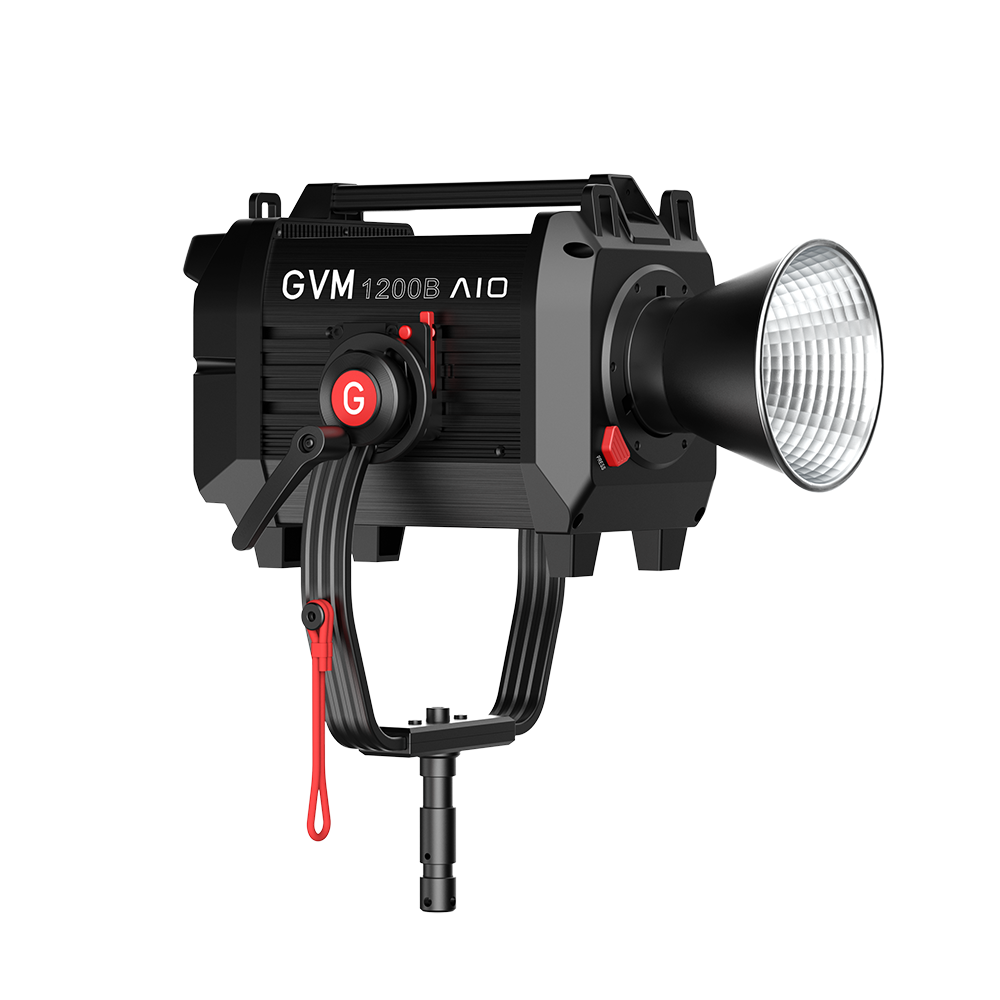I. Introduction: Why Understanding Video Lighting Parameters is Crucial for Buying Lights
As a professional filmmaker and videographer, mastering your craft goes far beyond mere shooting techniques. A deep understanding of essential video lighting parameters—CRI, TLCI, and CCT—is equally crucial, given their profound impact on the color fidelity of both still photographs and, especially, video footage.
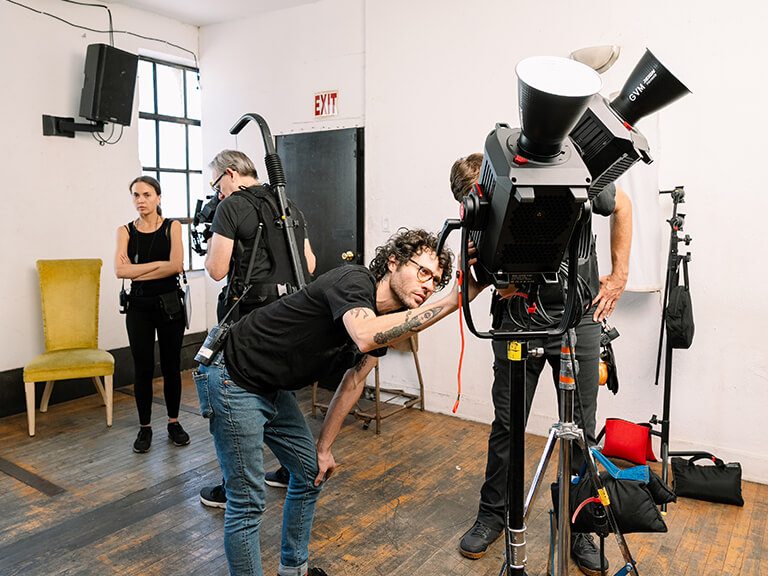
Have you ever encountered scenarios where skin tones appear distortedly yellowish, vibrant products look dull, or video footage exhibits flickering and bizarre color shifts? These frustrating issues, often plaguing creators, frequently stem not from insufficient equipment performance, but from a knowledge gap regarding these core video lighting parameters.
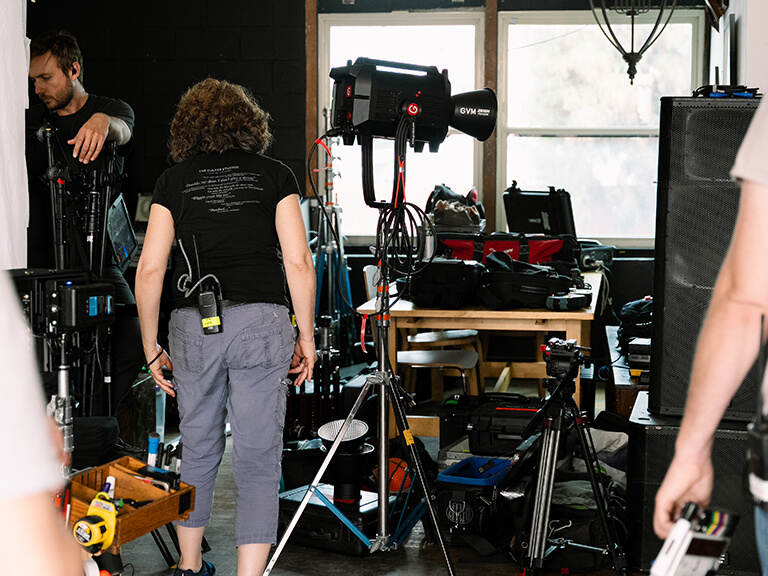
Many fall into the trap of solely focusing on wattage, price, or aesthetics when purchasing lights. However, while wattage and lumens indicate brightness, it’s a light’s color accuracy and temperature characteristics that truly define image quality. Ignoring these crucial parameters can lead to expensive equipment yielding ‘cheap-looking’ results. This article will take a deep dive into three vital video lighting parameters: CRI, TLCI, and CCT. From technical principles to practical application, we’ll help you build a systematic understanding of light, banish color woes, and make the most informed decision when purchasing video lighting.
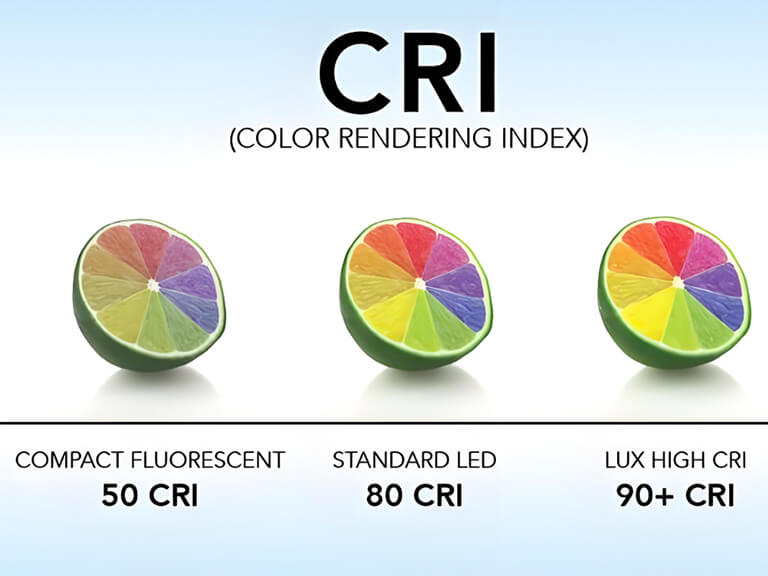
II. CRI (Color Rendering Index): The “Gold Standard” for Color Reproduction
Definition: What is CRI?
CRI (Color Rendering Index) is a metric ranging from 0 to 100, measuring a light source’s ability to accurately reproduce the true colors of objects. It is calculated by comparing the color rendition of 8 standard color samples (R1-R8, covering basic colors like red, green, blue, yellow) under the test light source versus a natural or specific standard light source. For professional lighting, R9-R15 (special saturated colors) may also be noted; R9, representing deep red rendering, is particularly crucial for human skin tones and red products.
Importance: Why High CRI is Crucial for Video Lighting?
Light is the foundation of photography, and color reproduction is at the core of light quality. High CRI video lighting ensures that object colors in your frame closely match what the human eye perceives: for portrait photography, it accurately renders the healthy, vibrant texture of skin; for product photography, it brings out the delicate textures of fabrics, the dazzling sparkle of jewelry, and the fresh appearance of food. The detrimental effects of low CRI are clear: colors will exhibit varying degrees of deviation – reds might lean orange or purple, greens could appear muted or grayish, and the overall image will look dull, flat, lacking depth and vibrancy. Post-production efforts to correct these issues often lead to an ‘over-processed’ and unnatural look.
Practical Impact & Buying Advice:
- CRI 90+: Considered good quality video lighting, sufficient for most amateur and basic commercial productions, with no noticeable color shift.
- CRI 95+: The standard for professional-grade photo and video lighting, offering extremely high color reproduction accuracy, ideal for fields with stringent color demands like fashion photography and product advertising.
- Focus on R9 value: For portrait photography, the R9 value (deep red rendering) directly impacts the naturalness of skin tones; opting for lights with R9≥90 is recommended.
When purchasing video lighting, always request a detailed CRI test report from the vendor to avoid being misled by vague ‘high color rendition’ claims.
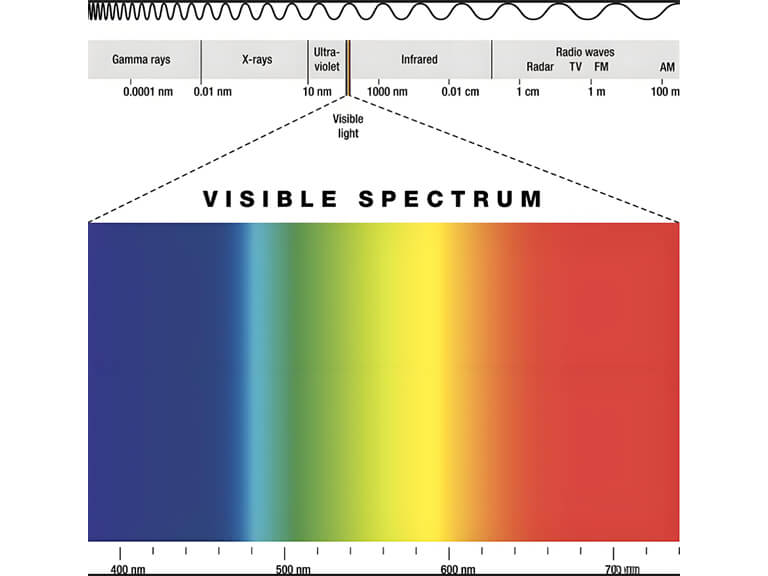
III. TLCI (Television Lighting Consistency Index): Optimized for Video, More Accurate than CRI?
Definition: TLCI and CRI’s Core Differences
TLCI (Television Lighting Consistency Index) is a color evaluation standard specifically designed for video and film production, also ranging from 0 to 100. The fundamental difference from CRI lies in its basis: CRI evaluates color reproduction based on human visual perception, while TLCI simulates the spectral response of a camera’s sensor, making it more aligned with how electronic devices ‘perceive’ light.
Background: Why the Video Industry Needs TLCI?
With the widespread adoption of new light sources like LEDs in the film and television industry, a problem emerged: some LED lights with high CRI values appeared normal to the human eye, but showed noticeable color shifts or flicker when filmed with a camera. This is because LEDs have different spectral distributions than traditional light sources, and camera sensors’ sensitivity to certain light wavelengths differs from human eyes. TLCI was born to specifically address the consistency issues of new video lighting in video equipment.
Advantages & Buying Advice:
TLCI’s advantage lies in its more accurate prediction of how light will appear in video footage, particularly for precise color evaluation of LED fixtures. For video creators, livestreaming teams, or filmmakers, the TLCI value’s reference importance often surpasses that of CRI. If your primary creative medium is video, TLCI should be a core video lighting parameter to focus on when purchasing video lighting. We recommend choosing products with TLCI≥90 to avoid difficult-to-correct color deviations in your footage.
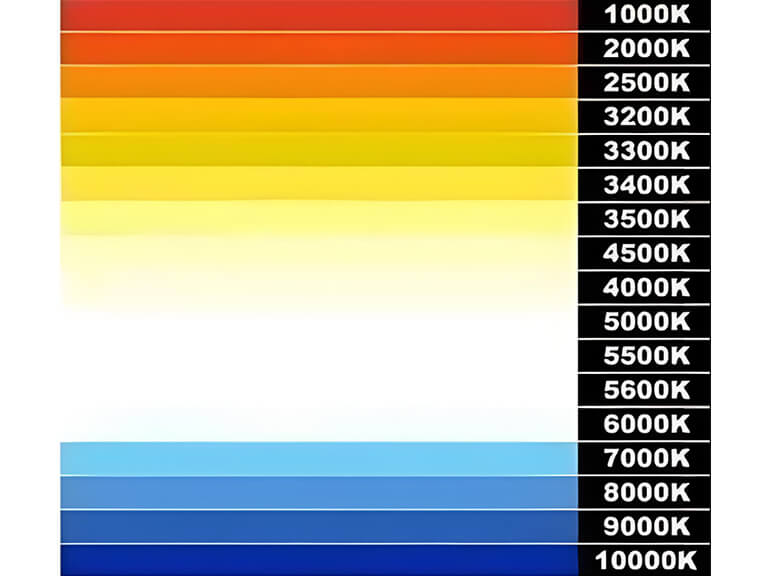
V. Before Purchasing Video Lighting: Comprehensive Consideration of CRI, TLCI, CCT
Parameter Interrelation: The “Triangular Support” of Light Quality:
CRI, TLCI, and CCT are not isolated; they collectively define the quality of light. CRI/TLCI determines the ‘accuracy’ of color reproduction, while CCT sets the ‘mood baseline’ of the light. Only when combined do these three form ideal **video lighting**. For instance, a high CRI light with a fixed color temperature will be ineffective in scenes requiring a cool ambiance; conversely, a light with wide CCT adjustability but low TLCI may still result in color distortion in video footage.
Decision Tree: Parameter Priority for Different Creators:
- Portrait Photographers: Prioritize high CRI (especially R9≥90) and 3000K-6000K adjustable CCT to accurately render skin tones while flexibly switching between cozy or fresh ambiances.
- Product Photographers: Seek dual high parameters of CRI≥95 and TLCI≥90 to ensure zero color deviation in products. CCT is recommended to be fixed at 5600K or adjustable to the daylight range.
- Video Creators: Focus primarily on TLCI≥90 (to prevent video color shifts), flicker-free design (for smooth footage), and wide-range adjustable CCT (to match scene mood), with CRI serving as a supplementary reference.
Common Misconceptions & Investment Advice:
Many focus excessively on ‘wattage’ or ‘lumens’ when **purchasing video lighting**. However, brightness can be adjusted via distance and modifiers, whereas poor color quality is almost impossible to fully correct in post-production. Investing in **video lighting** with high color rendition (high CRI/TLCI) and precise color temperature, while potentially having a higher initial cost, will significantly elevate the professionalism of your work and reduce time spent on post-editing color correction. This is a more cost-effective choice in the long run.
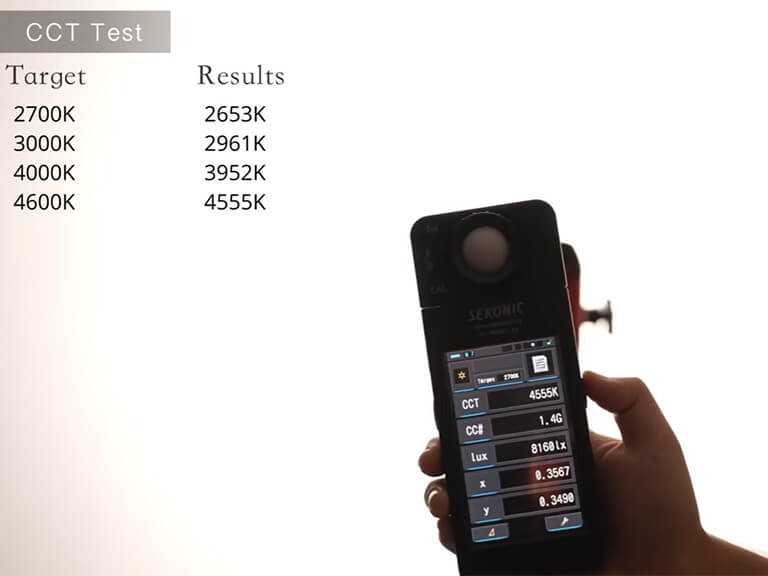
VI. Practical Tips: How to Enhance Your Photography Work with These Parameters
The Auxiliary Role of Colorimeters:
Professional colorimeters (such as the X-Rite series) can provide precise data on a light fixture’s CRI, CCT, and other parameters through actual measurement, helping to avoid misrepresented product specifications. Before shooting, use a colorimeter to test and ensure consistency across all light sources in the scene, which is especially crucial for commercial shoots.
Light Source Matching Techniques:
When shooting outdoors, use adjustable CCT lights for fill, adjusting the light’s color temperature to closely match ambient light (e.g., midday sunlight at 5600K, dusk at 3000K-4000K). For multi-light setups indoors, it’s advisable to keep the CCT difference between main and auxiliary lights within 500K to prevent color chaos in the frame.
Limitations of Post-Correction:
Post-production software (like Lightroom, Premiere) can fine-tune color temperature or fix minor color deviations, but they cannot recover lost color information caused by low CRI/TLCI. For example, pale skin tones resulting from a low R9 value will look artificial if forced red in post-processing; video footage with insufficient TLCI will have difficult-to-remedy color banding issues. Therefore, selecting the correct **video lighting** parameters beforehand is far more important than attempting to fix issues in post-production.
VII. Conclusion: Choosing the Right Video Lighting to Illuminate Your Creativity!
Understanding CRI, TLCI, and CCT — these three crucial **video lighting parameters** — is key to successfully **purchasing video lighting** and mastering color in your visuals. Highly accurate color reproduction brings realism to your work, while precise color temperature ensures your images convey the desired mood. These are core elements that elevate the professionalism of your creations.
With high-quality light, you gain the ability to ‘speak’ through your visuals – making portraits more vibrant, products more enticing, and videos more impactful. Don’t let lighting parameters be a stumbling block to your creativity; use light wisely, and your vision will shine brighter!
Call to Action:
Ready to upgrade your video lighting? Click here to browse GVM’s full range of high-quality video lighting products, explore detailed CRI, TLCI, and CCT parameters, and discover tailored solutions for your next purchase of video lighting!
Follow our Social Media for more video lighting tips and equipment reviews, and let every ray of light enhance your work!


